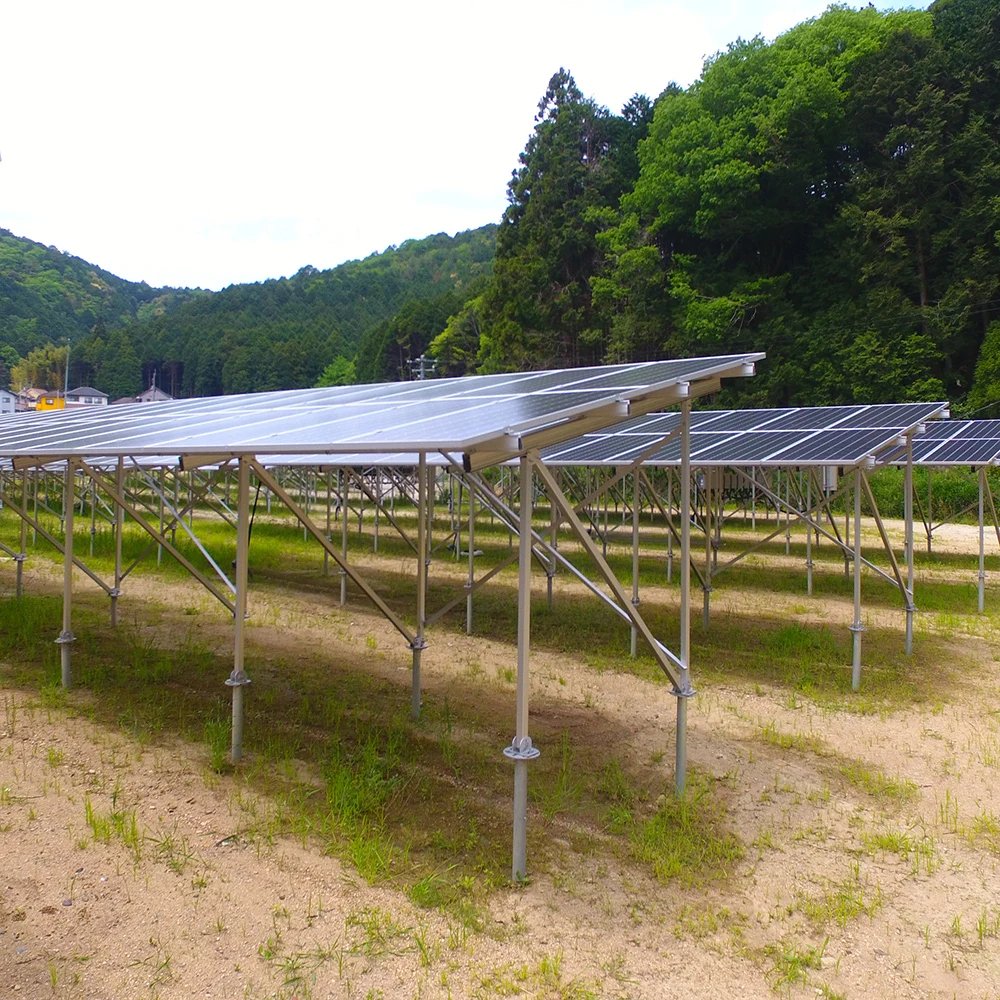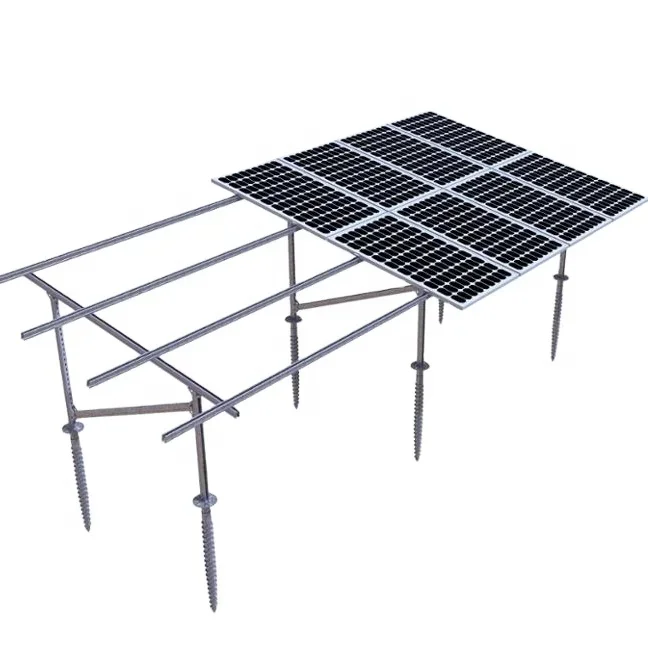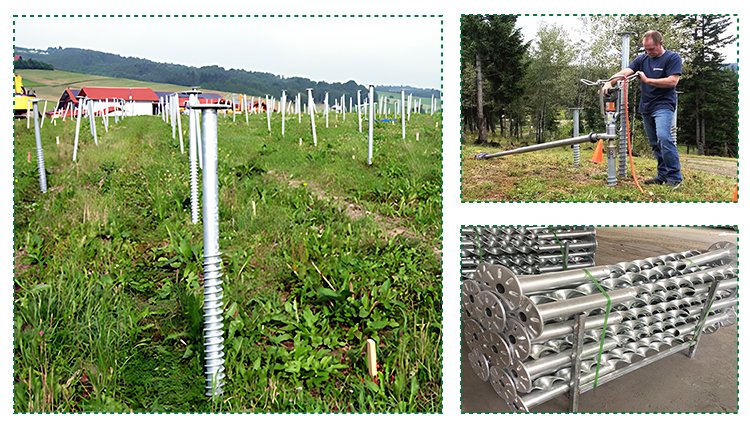-
2103 호실 322호 싱강 원 로드,하이창구,샤먼 푸젠,중국

Solar Module Mounting: Structure and Installation Overview
Solar mounting structures are essential components for the proper installation and long-term performance of photovoltaic (PV) modules. In this article, we’ll dive into the different types of solar mounting systems and explain key accessories like mid clamps, end clamps, and plastic wing nuts, with practical examples from Japan and China.
Table of Contents
Types of Solar Mounting Structures
Solar mounting systems are categorized based on their application scenarios, such as rooftop installations, ground-mounted systems, and floating solar projects.
Rooftop Mounting Systems
- Metal Roof (Commercial/Industrial Distributed Projects)
Systems are directly fixed onto metal sheets using specialized clamps without vertical posts. 👉 Explore Metal Roof Mounting Systems - Tilted Roofs (Residential Projects)
Installation requires special hooks for ceramic or glass tile roofs to connect PV panels with horizontal beams. 👉 Explore Tile Roof Mounting Systems - Flat Roofs (Commercial/Industrial Distributed Projects)
Systems often include vertical supports (columns), usually using double-column designs.

Ground-Mounted Systems
Ground-mounted arrays are installed with either single post, double post, or single column designs depending on the project requirements.
- Concrete Foundation Type: Concrete piles are precast or cast-in-situ to stabilize the mounting system.
- Pile-Driven Foundation Type: Posts are driven deep into the soil using pile drivers.
👉 Learn about Ground Solar Mounting Systems
Methods of Fixing Mounting Foundations
Before understanding foundation methods, let’s review the basic parts of a solar structure:
Metal Roof Fixing
For metal roofs, no vertical columns are used. Instead, specialized clamps fasten horizontal beams directly to the sheet.

Tile Roof Fixing
Using tile hooks designed for different roofing types, solar modules are connected securely without damaging the tiles.
Flat Roof Fixing
For flat roofs, solar panels must have a tilt angle:
- Expansion Bolts: Secure the structure by drilling into the slab. However, it may compromise waterproofing.
- Precast Concrete Blocks: Utilize the weight to stabilize systems without roof penetration. It’s crucial to add a waterproof layer beneath the blocks to prevent moisture issues over time.
👉 View Concrete Block Foundation Systems
Ground Fixing
- Concrete Pier: Dig pits, place posts, and fill them with concrete.
- Direct Piling: Drive posts into the soil directly using mechanical equipment.
Key Small Components for PV Mounting
During installation, several small but critical parts are used to secure panels safely and reliably:
Mid Clamps and End Clamps
- Mid Clamp: Used between two solar panels to fix them together.
- End Clamp: Used at the edges of the solar panel array.
👉 Check Solar Panel Fixing Clamps
Plastic Wing Nuts
Plastic wing nuts are specially designed to fit into C-channel beams:
- Secure C-section rails to mid clamps and end clamps.
- Their anti-vibration design prevents loosening under strong winds or seismic activity, maintaining system stability.
Supporting Materials (Not Exhaustively Listed)
Additional commonly used materials include:
- C-shaped Steel: Acts as diagonal braces or rails.
- U-bolts/Clamps: For connecting vertical posts and braces in single-pole ground mounts.

Conclusion
Solar mounting structures, from their foundation to their smallest parts like plastic wing nuts and mid clamps, play a crucial role in ensuring the safety, durability, and efficiency of PV systems. Whether for a residential rooftop project in Japan or a large ground-mounted solar farm in China, selecting the right components and installation method is key to long-term performance.
Related Product Links
- Metal Roof Solar Mounting System
- Tile Roof Solar Mounting System
- 지상 태양광 설치 시스템
- Concrete Block Foundation
- 태양광 마운팅 액세서리








